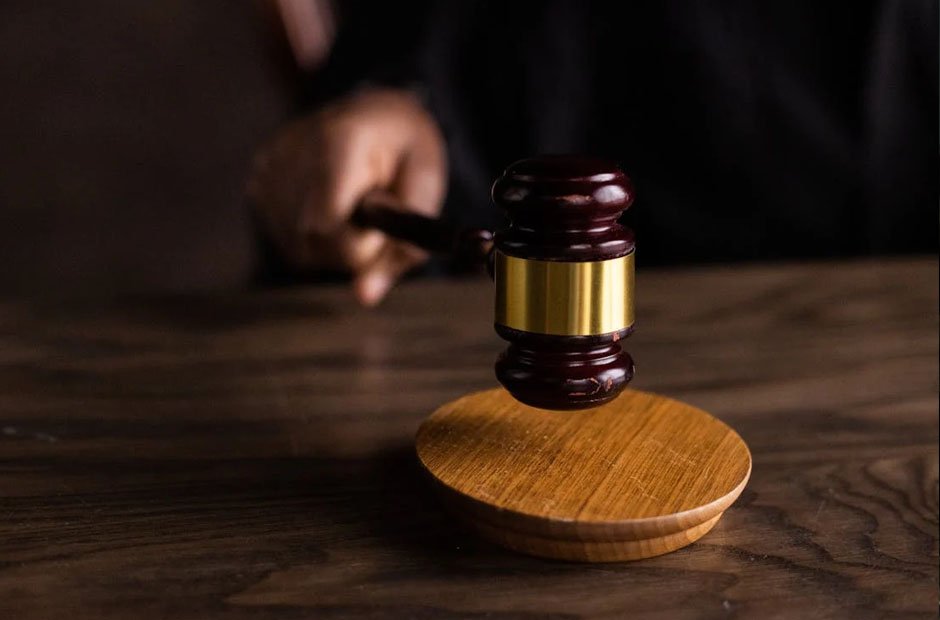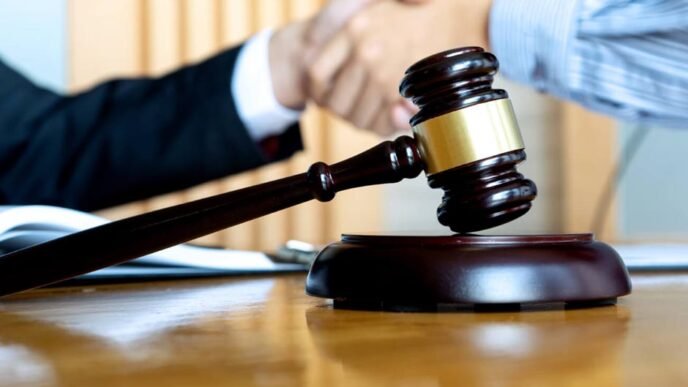The probate process is essential for managing and distributing the assets of a deceased person. While it can seem complicated, breaking probate down into simple steps makes it much easier to understand. Knowing what to expect at each stage helps ensure that the process is handled smoothly and efficiently.
Here is probate explained in five simple steps.
1. Filing the Will and Opening Probate
The first step in probate is to file the will with the probate court. This typically involves the executor of the will, who is responsible for ensuring that the deceased’s assets are managed according to their wishes. If there is no will, the court will appoint an administrator to handle the estate. Once the will is filed, the probate court officially opens the probate case.
This step is crucial because it grants the executor the legal authority to act on behalf of the estate. During this stage, the court will also confirm the executor’s appointment or name an administrator if necessary. Filing the will and opening probate can be a straightforward process if everything is in order. However, complications may arise if there are disputes over the validity of the will or if the deceased did not leave one behind.
2. Identifying and Valuing the Assets
After the probate case is opened, the next step is to identify and value the deceased person’s assets. These assets can include property, bank accounts, investments, personal belongings, and any other items of value. The executor is responsible for taking an inventory of the estate and determining the total worth of these assets.
Valuing the assets accurately is important because it affects how the estate will be distributed. This process may involve hiring appraisers to assess the value of properties, collectibles, or other items that require expert evaluation. Executors should be meticulous in ensuring that no asset is overlooked during this stage.
3. Paying Off Debts and Taxes
Before any assets can be distributed to beneficiaries, the estate must first settle its debts and taxes. The executor is responsible for notifying creditors of the death and making arrangements to pay off any outstanding debts. This may include mortgages, credit card balances, loans, or medical bills.
In addition to debts, taxes must also be paid, including any income taxes owed by the deceased and estate taxes that may be due. Executors should consult with tax professionals to ensure that all tax obligations are met. Failing to handle this properly can result in penalties or delays in the probate process.
4. Resolving Disputes and Claims
During the probate process, disputes or claims may arise that need to be resolved before the estate can be distributed. These disputes can range from disagreements among beneficiaries over the terms of the will to claims from creditors or other parties seeking a share of the estate.
Probate attorneys can be particularly helpful during this step, as they provide legal guidance and help resolve conflicts efficiently. Whether the dispute involves the interpretation of the will or contesting the validity of certain claims, legal expertise is invaluable in ensuring a fair resolution.
5. Distributing the Remaining Assets
Once all debts, taxes, and disputes have been resolved, the final step in probate is distributing the remaining assets to the beneficiaries. The executor is responsible for ensuring that each beneficiary receives their rightful inheritance according to the terms of the will or state law if there is no will. This distribution may include transferring ownership of property, distributing funds from bank accounts, or handing over personal items.
The executor will also need to provide a final accounting of the estate’s finances to the court, showing that all obligations have been met and that the estate has been distributed properly. After the assets are distributed, the executor can request that the probate case be closed, officially completing the probate process.
Conclusion
Probate doesn’t have to be a daunting process if you know the steps involved. By understanding how to file the will, identify and value assets, settle debts and taxes, resolve disputes, and distribute assets, you can navigate probate with ease.












